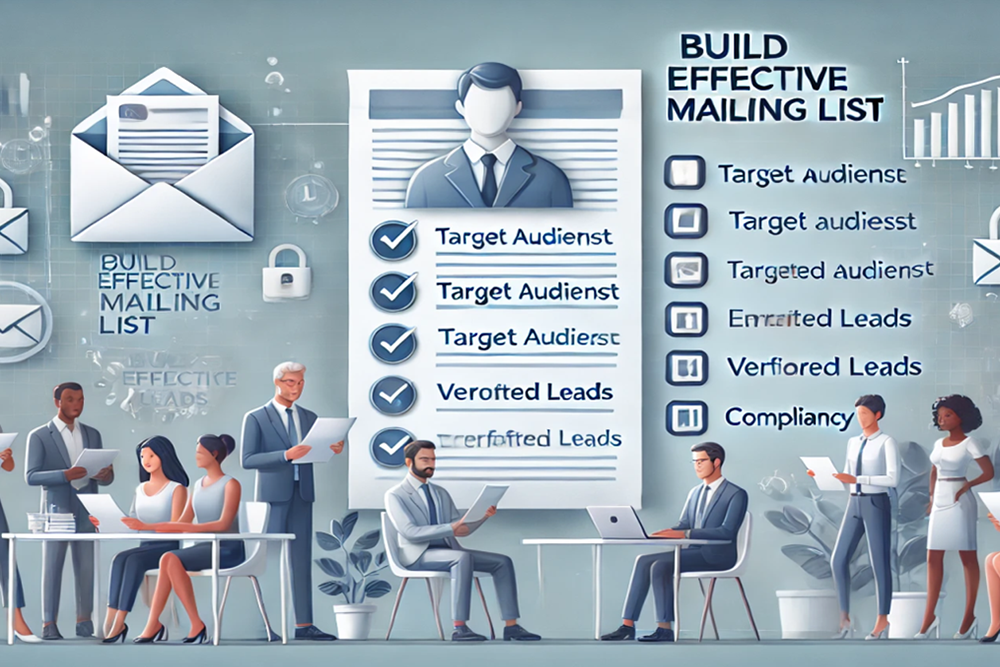A marketing strategy lays the basis for how a company connects with its target audience, communicates its value, and builds long-term success.
Without a defined plan, efforts become inconsistent, messages get lost, and results often fall short of expectations. Businesses that invest time in the right approach are better able to distinguish themselves in competitive markets.
Building a Blueprint for Direction
Marketing without structure is like trying to sail without a map. A well-defined strategy gives purpose to every campaign, message, and interaction. It identifies specific goals and outlines how to reach them.
This doesn’t mean blindly following trends, but instead, customizing campaigns to reflect the unique personality and objectives of the business.
When a brand knows who it’s speaking to and how those people prefer to receive information, communication becomes far more effective. This helps guide decisions on branding, advertising, and timing.
Instead of wasting resources on random efforts, each action plays a part in moving the business forward.
Consistency Across All Platforms
From emails to social media to print, consistency matters. A marketing strategy acts as a rulebook that unifies all messaging and presentation.
This isn’t about repeating the same phrases everywhere. It’s about keeping the tone, purpose, and core messages steady across all points of contact.
Customers begin to recognize and remember brands that remain steady in their voice. That recognition builds familiarity, and familiarity creates trust.
A business that communicates clearly across all channels earns a place in the customer’s memory, making it the first choice when the time comes to purchase or engage.
Making the Best Decisions
A strategy removes any guesswork. It uses data and insights to drive decisions rather than intuition alone. Trends, audience behavior, and previous campaign results become tools to refine and improve future outreach.
For example, a business owner mailing list data base offers a precise method to connect directly with decision-makers. By using a strategy to analyze who engages and why, businesses can sharpen their focus and boost engagement rates.
Tracking and measuring results then becomes a natural part of the process, not an afterthought.
Maximizing Return on Investment
Every dollar spent on marketing carries an expectation. Without a strategy, this money often goes toward tactics that may not match the audience or the company’s goals. Planning helps allocate a budget to where it can make the most impact.
By identifying which platforms and messages work best, businesses stop spending on tools or channels that fail to deliver. They can invest more in what works, leading to higher returns and faster growth.
Small steps made through good decisions often lead to bigger results than one large, directionless campaign.
Adapting in a Digital World
Markets change fast, and digital platforms evolve daily. Businesses that grow are those that adjust intelligently.
A clear strategy doesn’t mean being inflexible. It means knowing how to shift direction without losing focus.
Digital marketing services open a range of channels for outreach, from social media to search engines to email. But choosing which to use, and how, requires a strategic approach.
Randomly launching ads or posting content without a plan won’t result in long-term gains. Every post, email, and video should connect back to a larger picture.
Guiding Product and Service Development
A strong marketing strategy doesn’t only inform outreach. It can also shape what a business offers.
Feedback gathered during campaigns often reveals what customers truly want or need. When a company listens and reacts, it not only markets better but serves better too.
This loop of communication between business and audience helps shape products, services, and messaging. When aligned, these areas build momentum together, allowing the company to grow naturally based on real-world demand.
Winning Over the Right Audience
Reaching more people isn’t the same as reaching the right ones. Without focus, marketing messages can be ignored or misunderstood. A strategy helps clarify who the business wants to reach and how best to speak to them.
This clarity leads to more effective campaigns. A small company that knows the importance of marketing in small business will craft its message to fit its audience perfectly. Rather than chasing volume, it targets value, speaking directly to those most likely to act.
Building Confidence in Small Business Owners
Many entrepreneurs ask, “Why is marketing important for small businesses when funds are tight and time is limited?” The answer is simple: Marketing brings in customers. Customers create the revenue needed to stay open, grow, and succeed.
Marketing should never be treated as an extra. It’s a main driver of visibility, trust, and engagement. A strategy gives business owners clarity and direction.
It also allows them to compete with larger companies by emphasizing their unique strengths in a way that feels authentic and compelling.
Tracking Progress and Growth
A marketing strategy helps set clear goals. These guide future campaigns and allow a business to learn from both wins and losses. When tracked properly, patterns emerge, allowing businesses to see what actions had the biggest impact.
Each campaign becomes a stepping stone rather than a standalone event. When growth is mapped and measured, decisions become smarter and success becomes more predictable. This structured feedback loop leads to improvement over time, and that consistency fuels expansion.
The Power of Focused Outreach
No business can speak to everyone, and it shouldn’t try. A strategy helps narrow the focus. By identifying audience segments and customizing messages to each one, a business can reach different groups in ways that feel personal.
This targeted approach is especially valuable for organizations working from a business owner mailing list data base. Specialized campaigns feel more relevant and tend to get higher responses. People are more likely to act when the message speaks to their specific needs and situations.
How Sprint Data Solutions Worldwide Marketing Supports Business Growth
At Sprint Data Solutions Worldwide Marketing, we know how vital a thoughtful marketing strategy is for growth. Our entire mission revolves around helping clients make real connections that lead to real results.
Whether your organization is selling a product, asking for support, or motivating a community to act, we help turn marketing goals into action.
We’re not just here to offer tools. We bring guidance, insight, and practical direction precise to your industry and audience. Owned and operated by a disabled veteran, our business is built on dedication and purpose.
That same spirit guides every partnership we form. We know firsthand how marketing decisions shape outcomes, and we’re committed to giving our clients the right resources to grow.
Our services are built around the needs of modern campaigns. We don’t offer one-size-fits-all packages. Instead, we analyze your goals and help construct outreach that resonates.
From managing your digital marketing services to developing targeted lists or fine-tuning campaign messaging, we focus on results that matter. Every business, charity, or political group we support benefits from a plan grounded in strategy and clarity.
If you’d like to learn more about what Sprint Data Solutions Worldwide Marketing can do for your organization, please don’t hesitate to reach out.











